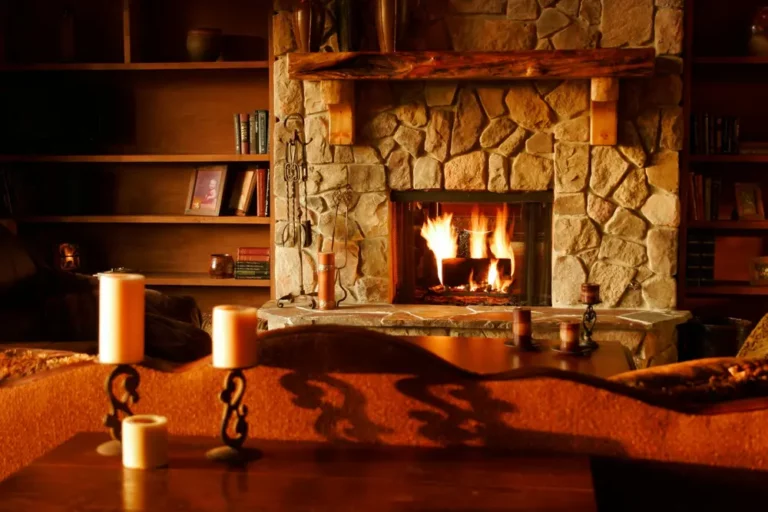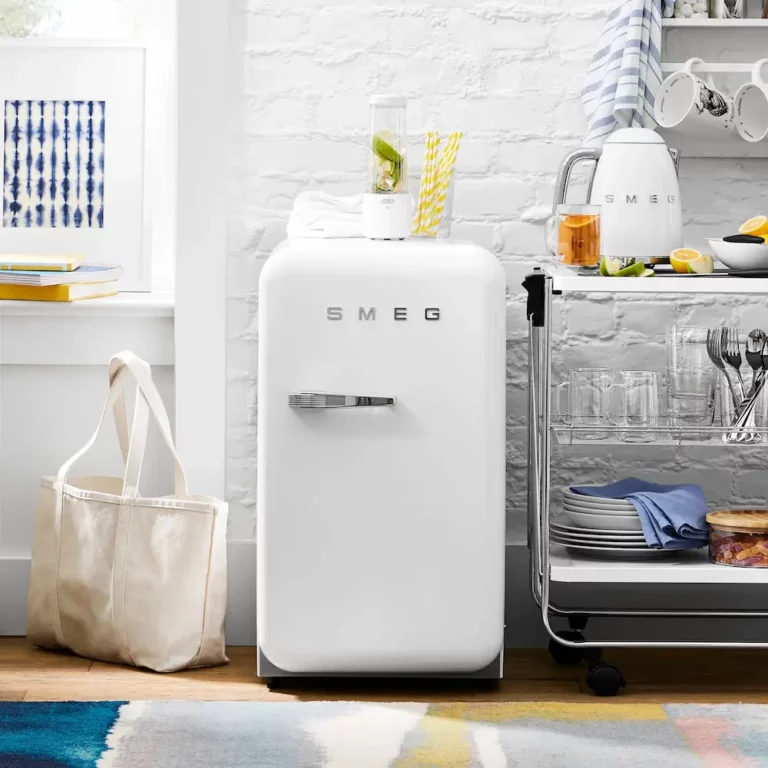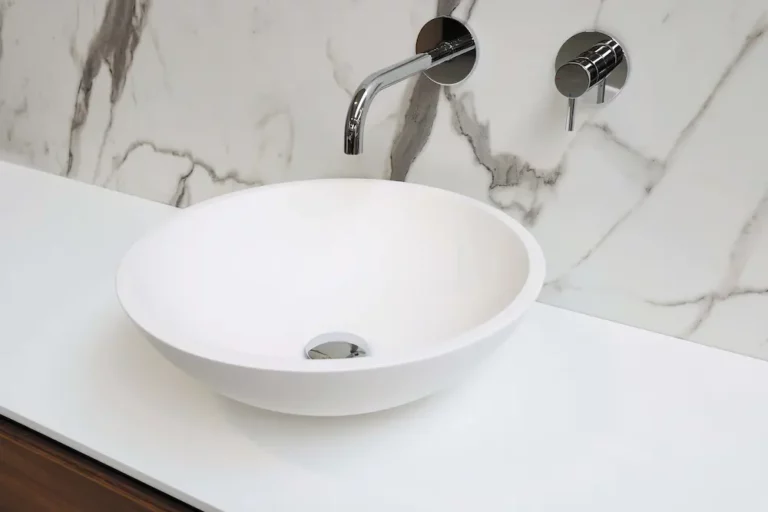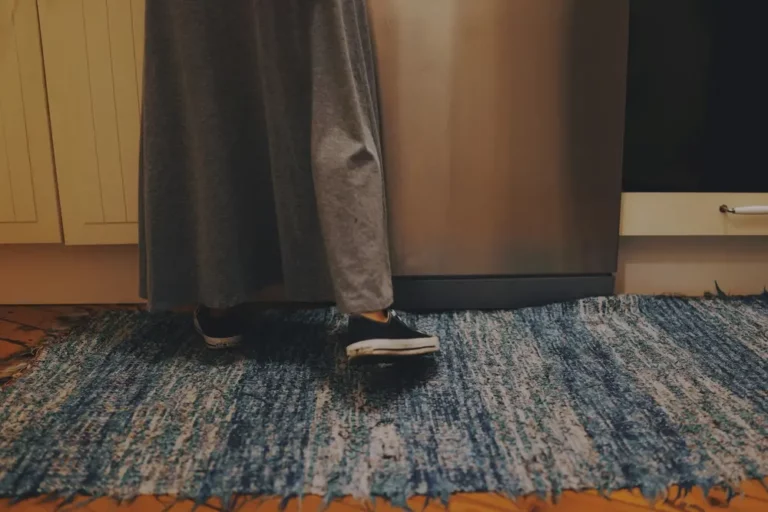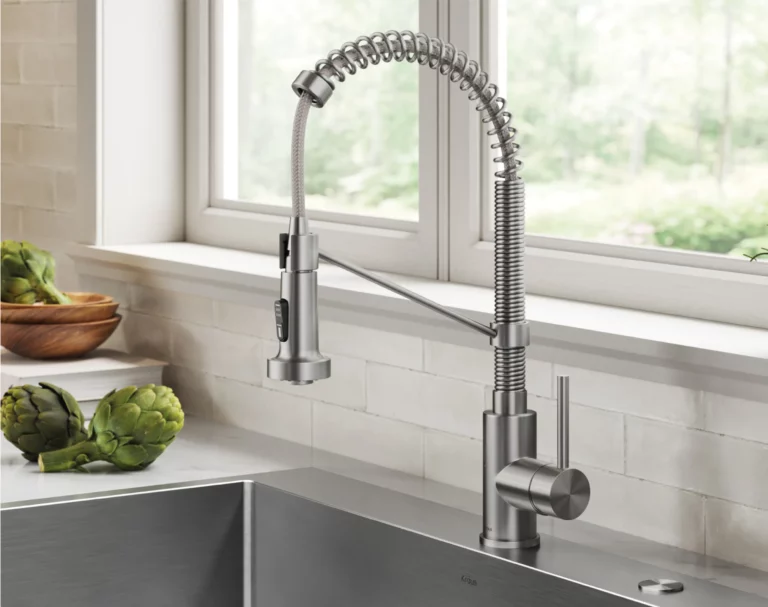Quicken Ice Formation: How Long for Water to Freeze in a Freezer
Ever noticed how water doesn’t always freeze at the same pace in your freezer? It’s a curious thing, isn’t it? Whether you’re prepping ice cubes for a sunny day or just curious about the mysteries of your kitchen appliances, understanding the freeze time can be quite handy.
I’ve always been fascinated by how the simplest elements in our kitchen behave under different conditions. So, let’s dive into the chilly world of freezers and discover what influences the time it takes for water to turn into ice. From the starting temperature of the water to the mysteries of the Mpemba effect, I’ll share insights that might just change how you look at freezing water.
Factors Influencing Water Freezing Time in a Freezer
When I’m trying to freeze water quickly, especially during those hot summer days when a cold drink is all I can think about, I’ve realized several key factors come into play. These can make the difference between quickly getting that ice for my lemonade or waiting what feels like forever. Let’s dive into what these are.
Volume of Water Being Frozen
The amount of water I’m trying to freeze dramatically affects how quickly it turns to ice. It’s all about the surface area exposed to the cold air in the freezer and the volume of water that needs to chill through. Smaller volumes, like those in an ice cube tray, freeze much faster than larger ones. That’s because, with smaller amounts, more water is in direct contact with the cold, speeding up the freezing process.
Initial Temperature of Water
Starting temperature plays a crucial role in freeze timing. When I place water that’s already cold from the refrigerator into the freezer, it freezes much faster than room-temperature water. This happens because the thermal difference between the freezer’s setting and the water’s initial temperature is less, meaning the water has less thermal energy to lose before it reaches the freezing point.
Freezer Temperature Settings
The setting of my freezer also matters a lot. The ideal freezer temperature is 0º F (-18º C), and when the freezer is set at a lower temperature, it dramatically reduces the time it takes for the water to freeze. I’ve found this tip especially useful when in a rush, adjusting the settings a bit colder can shave off some valuable minutes off the freezing process. Always remember, though, that this might slightly increase your electricity bill if done frequently or for prolonged periods.
Exploring these factors has been incredibly insightful for me, altering not just how I freeze water but also how I perceive the entire process. It’s fascinating how a few adjustments can change the outcome so significantly.
Tips to Accelerate Water Freezing Process
In my quest to freeze water more efficiently in my freezer, I’ve discovered a few tricks that significantly reduce the freezing time. These tips are not only easy to implement but also make a considerable difference in how quickly I can turn water into ice.
Utilizing Smaller Containers
I’ve found that using smaller containers to freeze water is a game-changer. The reason behind this is simple: smaller volumes of water freeze faster due to the increased surface area in relation to the volume of water. This means that heat is expelled more rapidly from the water, accelerating the freezing process. I usually opt for smaller ice cube trays instead of larger containers when I need ice cubes in a hurry.
Pre-chilling Water Before Freezing
Another effective strategy I’ve employed is pre-chilling the water before placing it in the freezer. By filling a container with cold water from the tap or refrigerating the water before transferring it to the freezer, I effectively give it a head start in the freezing process. This method taps into the principle that colder water reaches the freezing point more quickly than water at room temperature, shaving off a significant amount of waiting time.
Enhancing Freezer Air Circulation
Improving the air circulation within the freezer has also proven to be an effective way to speed up the freezing process. I organize the contents of my freezer to ensure that there’s ample space around the containers or ice trays. This allows for optimal air flow around the water, enabling it to freeze more evenly and quickly. Additionally, I’ve noticed that avoiding overloading the freezer not only helps in better air circulation but also maintains the freezer’s efficiency and performance over time.
Impact of Container Material on Freezing Time
Figuring out the best way to freeze water quickly involves more than just turning the dial down on your freezer. One factor that’s crucial but often overlooked is the material of the container holding the water. You’d be surprised how much of a difference it can make.
Thermal Conductivity of Different Materials
When it comes to freezing, not all materials are created equal. Thermal conductivity, the measure of a material’s ability to conduct heat, plays a significant role in how fast water can freeze. Metals, for example, are excellent conductors of heat. This means they can transfer the cold from the freezer to the water more efficiently than materials with lower thermal conductivity, like plastics or glass.
Why does this matter? Well, the faster you can pull heat out of the water, the quicker it’ll freeze. I dove into some research and created a simple table highlighting the thermal conductivity of common materials used in containers:
| Material | Thermal Conductivity (W/mK) |
|---|---|
| Aluminium | 237 |
| Copper | 398 |
| Glass | 0.8 |
| Plastic | 0.15 – 0.24 |
As you can see, metals like aluminum and copper far outpace glass and plastic, suggesting that if you’re in a rush, you might want to reach for a metal container.
Advantages of Metal Containers Over Plastic
Given the stark difference in thermal conductivity, it’s clear that metal containers have a leg up on their plastic counterparts when it comes to freezing water. But it’s not just about speed. Here’s why I tend to favor metal over plastic:
- Efficiency: Metal containers reduce freezing time, which is not only convenient but can also be energy-saving in the long run. Faster freezing means the freezer door opens less often, and the cycle completes quicker.
- Durability: Metals tend to withstand cold temperatures better than plastic, which can become brittle and crack over time. This means metal containers can be reused more effectively, making them a more sustainable option for those of us looking to reduce our plastic usage.
So, while you might not think twice about the container you use to freeze water, swapping out that old ice tray for a metal alternative could save you time and energy. Plus, there’s something quite satisfying about popping ice out of a sturdy, chill metal tray—give it a try, and you’ll see what I mean.
Understanding the Freezing Process of Large Water Quantities
When I set about exploring how long it takes for large quantities of water to freeze, I quickly discovered that there’s more to it than meets the eye. Not only does the quantity of water play a crucial role, but factors like container material and positioning within the freezer also play a crucial role. I’m diving deep into what I found to shed light on this icy puzzle.
Freezing Time for Gallons of Water
Initially, I thought figuring out the freezing time for gallons of water would be straightforward. However, the physics of freezing large volumes proved to be a fascinating journey. One of the key discoveries I made is that the volume of water significantly affects the freezing time. For example, a gallon of water won’t freeze uniformly; the process occurs in stages, starting from the outside and moving inward. This is because water freezes at 0 degrees Celsius, but getting an entire gallon to this uniform temperature takes time due to water’s high specific heat capacity.
Moreover, the container’s material is a game-changer. Metals like Aluminum and Copper, known for their high thermal conductivity, facilitate a much quicker freezing process compared to plastic or glass. This has to do with how well different materials transfer cold from the freezer air to the water inside.
Strategic Positioning in the Freezer for Optimal Results
Through trial and error, I learned that how and where you place the water container in the freezer impacts the freezing time. Here’s what I found:
- Airflow Matters: Freezers work by circulating cold air. Placing the water container in a way that allows for optimal airflow around it can significantly reduce freezing time. This means not cramming it in a tight spot but rather ensuring there’s sufficient space around the container.
- Location Is Key: Some parts of the freezer are colder than others. Generally, areas near the freezer’s air vent or at the back are colder, hence placing the container in these spots leads to quicker freezing.
- Avoid the Door: The temperature near the freezer door is more variable and usually warmer than the rest of the freezer. Every time I opened the freezer, the water in containers placed near the door was always the last to freeze.
By understanding the complexities of freezing large quantities of water and applying strategic positioning within the freezer, I’ve been able to optimize the freezing process significantly. It’s been a journey of discovering that sometimes, in the quest for ice, patience and a little bit of strategy go a long way.
Specific Freezing Times for Common Water Quantities
When it comes to freezing water, timing can vary widely depending on the volume of water you’re dealing with. I’ve taken the liberty to break down the specifics for you, focusing on two very common scenarios: freezing ice cubes and standard water bottles. Let’s dive into the details.
Time Required for Freezing Ice Cubes
Freezing ice cubes is something I do regularly, especially during the hot summer months when a cool drink is beyond refreshing. Generally, it takes about 3 to 4 hours for ice cubes to freeze in a standard freezer. This timeframe can, of course, fluctuate based on several factors including the starting temperature of the water and the specific settings of your freezer. For instance, if you’re starting with water at room temperature (around 20°C or 68°F), you might find yourself at the shorter end of that range. Another tip I’ve discovered is that the material of the ice cube tray can make a difference as well. Silicone trays tend to freeze faster than their plastic counterparts, likely due to better thermal conductivity.
Freezing Duration for Standard Water Bottles
Let’s talk about freezing water bottles. This is something I’ve found to be incredibly useful for outings or simply to have a supply of cold water on-hand. Standard 500ml water bottles typically take about 2 to 3 hours to freeze solid. Again, this is assuming your freezer is set at the standard temperature of -18°C (0°F). If you’re working with a 1-liter bottle, you’re looking at roughly 3 to 4 hours, pretty similar to the ice cubes but requiring a bit more patience due to the increased volume.
| Bottle Size | Freezing Time |
|---|---|
| 500ml | 2 to 3 hours |
| 1 liter | 3 to 4 hours |
An interesting observation I’ve made is that the positioning of the water bottle within your freezer plays a significant role in freeze times. Bottles placed in the center of the freezer, away from the door, tend to freeze quicker. This is likely due to more consistent temperatures and less exposure to warm air when the freezer is opened.
Enhancing Efficiency of Freezing Process
Freezing water efficiently in a freezer isn’t always as straightforward as it seems. Small tweaks and considerations can significantly impact how quickly water reaches its freezing point. In my exploration, I’ve come across two critical factors that could make a real difference: the role of pre-freezing trays and bottles, and the selection of an optimal freezing medium.
Role of Pre-Freezing Trays and Bottles
I’ve found that starting with cold materials can expedite the freezing process. When I pop my ice cube trays or water bottles in the fridge for a bit before transferring them to the freezer, it makes a noticeable difference. This pre-chilling decreases the temperature gap that the water needs to bridge to freeze, effectively cutting down on the total freezing time. The material of these containers also plays a significant role. Metal trays tend to conduct cold faster than plastic ones, leading to quicker ice formation. It’s a simple trick but one that’s easily overlooked.
Selection of Optimal Freezing Medium
The freezing medium, or in other words, the environment in which water is frozen, also has a profound impact. Initially, I assumed that all freezers worked the same, but that’s far from the truth. Freezer settings and even the placement of the water inside can alter the freezing speed. For example, setting the freezer to a lower temperature isn’t just about getting it cold faster; it’s about creating a more conducive environment for ice formation. Placing the water in the center of the freezer where temperatures are most consistent, away from the door, further enhances this effect.
Conclusion
I’ve had a lot of fun diving into the intricacies of freezing water more efficiently. Who knew that something as simple as pre-chilling your trays or choosing metal over plastic could make such a difference? And let’s not forget about the strategic placement in the freezer. It’s all about making those small adjustments for quicker ice. So next time you’re prepping for a party or just need that ice ready sooner, give these tips a try. Trust me, you’ll notice the difference. Happy freezing!
FAQ – Frequently Asked Questions
How can pre-chilling trays and bottles enhance the freezing process?
Pre-chilling trays and bottles before placing them in the freezer can lead to a faster freezing process by minimizing the temperature difference that water needs to overcome to freeze. This method speeds up ice formation.
Does the material of the tray affect ice formation speed?
Yes, the material of the tray significantly affects the speed of ice formation. Metal trays, with their better cold conductivity compared to plastic ones, can result in quicker freezing.

